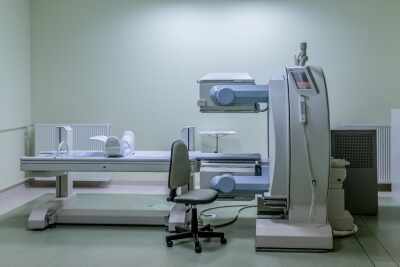New Delhi, 9 May (IANS). There is a great increase in adopting a diagnostic radiology device in India, which has seen a boom in adopting AI-Powered Technologies and Remote Monitoring Solutions. This information was given in a report on Friday.
The report of Tech-Inebled Market Intelligence firm 1 Latis also credited this increase to the increasing burden of disease and increasing investment in healthcare infrastructure.
The report states that 1.48 lakh radiology devices have been registered in India, including Maharashtra with 20,590 devices, Tamil Nadu with 15,267 devices and Uttar Pradesh with 12,236 devices is at the forefront.
These figures also reflect widespread trends towards modernization and digitization of diagnostic services beyond urban centers.
Sanjay Sachdeva, director of 1 Latis Healthcare and LifeSinage, said, “Radiology has now become the foundation stone of ‘primary and preventive care’ by hospital -based expertise. AI, portability and remote monitoring are making access to access, accuracy is improving and diagnostics in India’s health services system are getting new size.”
AI-Paward Remote Patient Monitoring (RPM) increases the effect of radiology even further, which makes real-time tracking possible and reduces the need to come individually through remote health monitoring.
Radiology equipment is expected to grow globally in the market.
The global market is expected to rise from $ 34 billion in 2025 to $ 43 billion by 2030, which shows 5 percent of CAGR.
On the other hand, the report stated that the Indian Radiology Equipment Market will increase from $ 7.1 billion in the financial year 2025 to $ 13.5 billion by FY 2030, which will overtake global growth with 10 percent CAGR.
Development factors include government schemes such as Ayushman Bharat and National Digital Health Mission (NDHM).
As healthcare distribution in India will be more decentralized and technical, radiology will be focused on timely and through accurate diagnosis.
The report stated that the region is still facing challenges, including high cost of advanced equipment, uneven access between urban and rural areas and ongoing concerns about radiation exposure.
-IANS
SKT/










